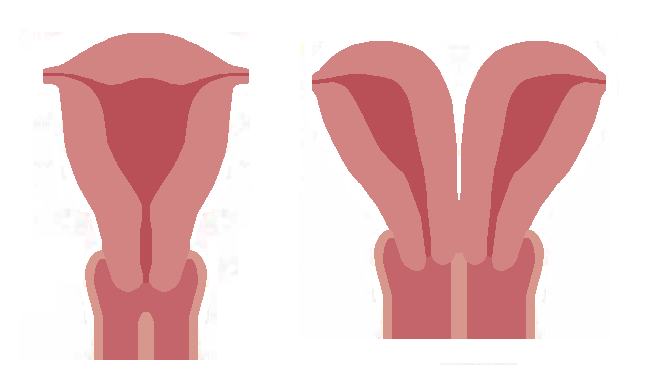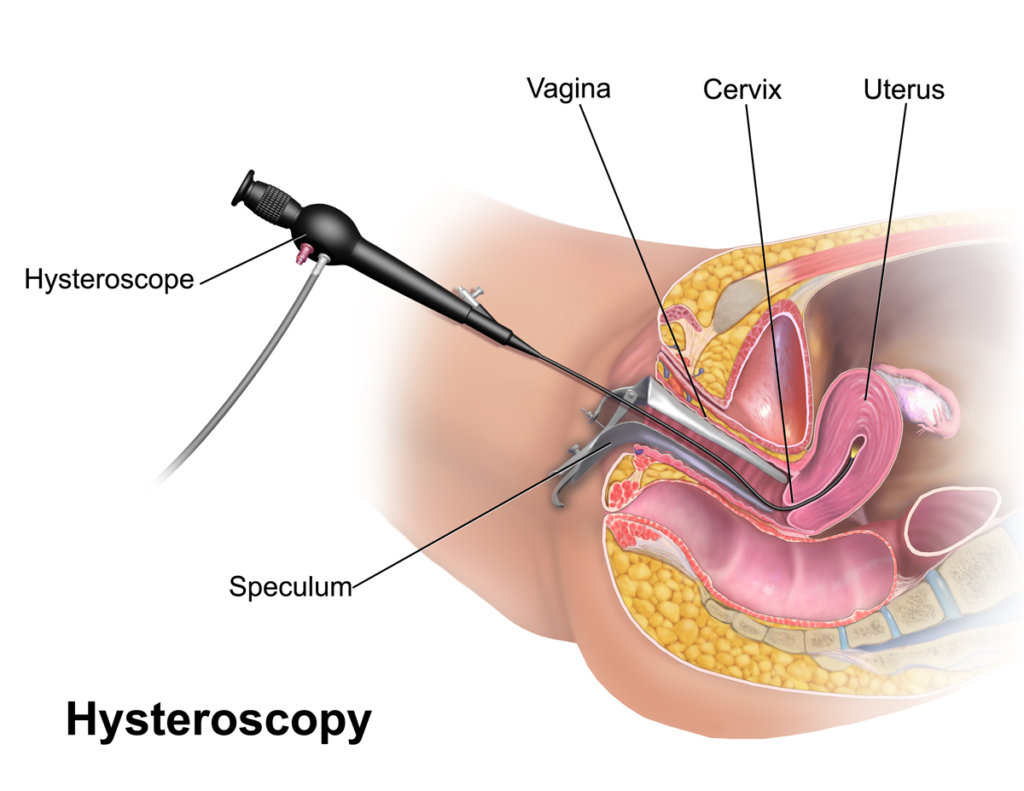A septate uterus is a congenital condition where the two ducts that form your uterus do not fuse properly resulting in a wall of tissue (called the septum) that divides uterus into two parts. The septum can vary in length and thickness, and it can extend from the top of your uterus to cervix or even vagina. A septate uterus occurs in about 4% of people. The septum can interfere with the implantation of the fertilized egg, reduce the blood supply to the developing embryo, or cause abnormal contractions of the uterine muscles. These factors can increase the risk of infertility, miscarriage, preterm labor, fetal growth restriction, malpresentation, placental abruption, and cesarean delivery.
Hysteroscopic septoplasty is a surgical procedure that aims to remove the septum and create a normal-shaped uterine cavity.


How effective is hysteroscopic septoplasty?
Hysteroscopic septoplasty is considered a safe and effective procedure for people with a septate uterus who have infertility or recurrent pregnancy loss. Several studies have shown that hysteroscopic septoplasty can improve the pregnancy rate and live birth rate in these people.
Who should consider hysteroscopic septoplasty?
- Hysteroscopic septoplasty is mainly indicated for people who have infertility or recurrent pregnancy loss (defined as two or more consecutive miscarriages) and no other identifiable causes.
- It may also be considered for people who have had one miscarriage or preterm delivery due to placental abruption or malpresentation.
If you have a septate uterus and are planning to get pregnant or have had pregnancy complications, you should talk to your doctor about whether hysteroscopic septoplasty is right for you. Your doctor will evaluate your medical history, perform a physical exam, and order some tests to confirm the diagnosis of a septate uterus and rule out other factors that may affect your fertility or pregnancy. These tests may include blood tests, ultrasound, hysterosalpingogram, or magnetic resonance imaging (MRI).
Hysteroscopic septoplasty is not a guarantee of pregnancy or live birth, but it can increase your chances of having a healthy pregnancy and delivery. You should wait at least three months after the surgery before trying to conceive, to allow your uterus to heal properly. You should also follow your doctor’s advice on prenatal care, monitoring, and delivery mode.

